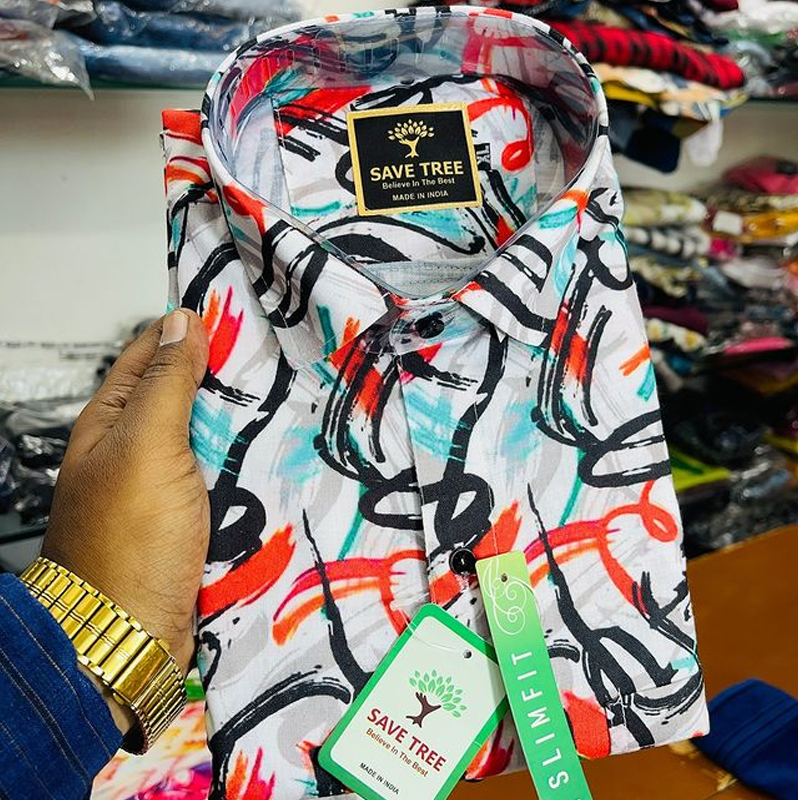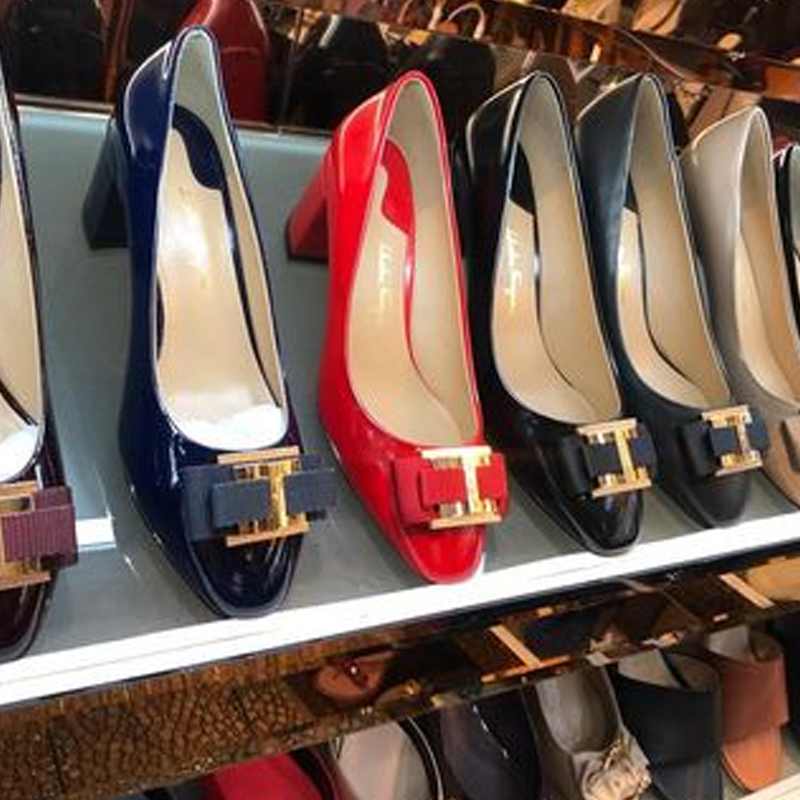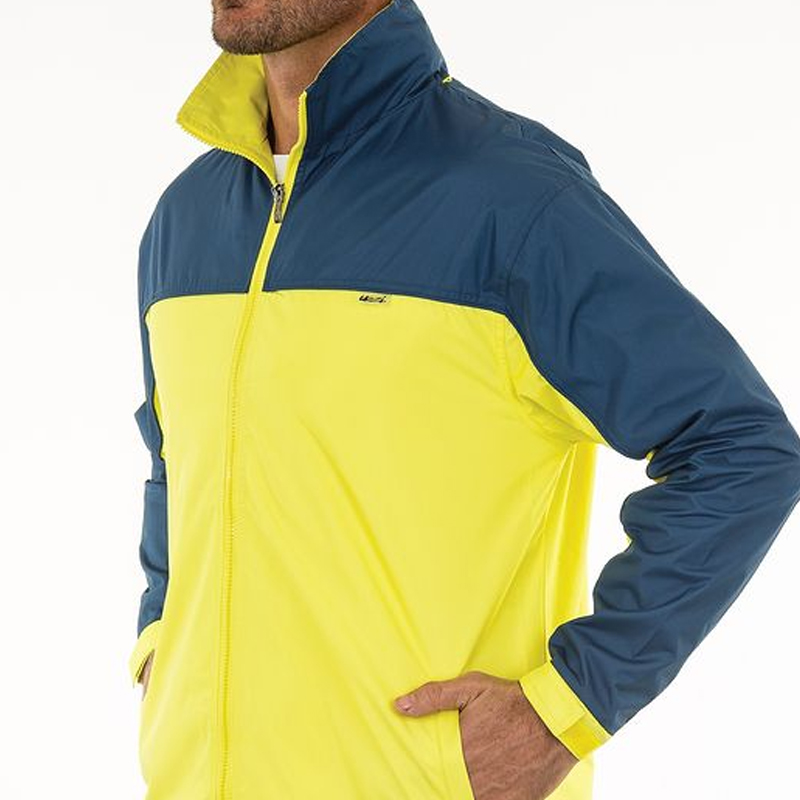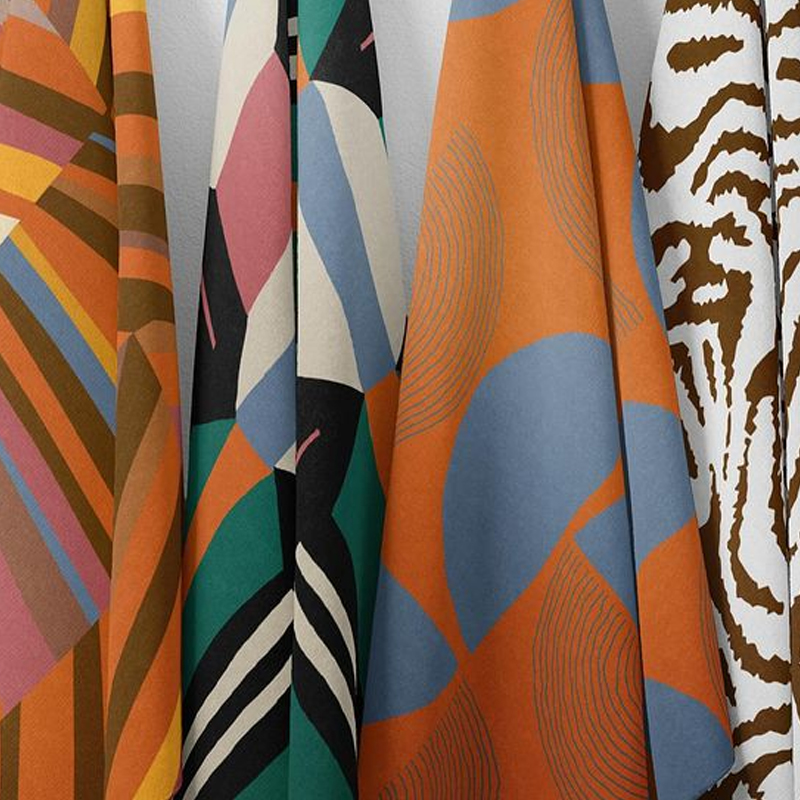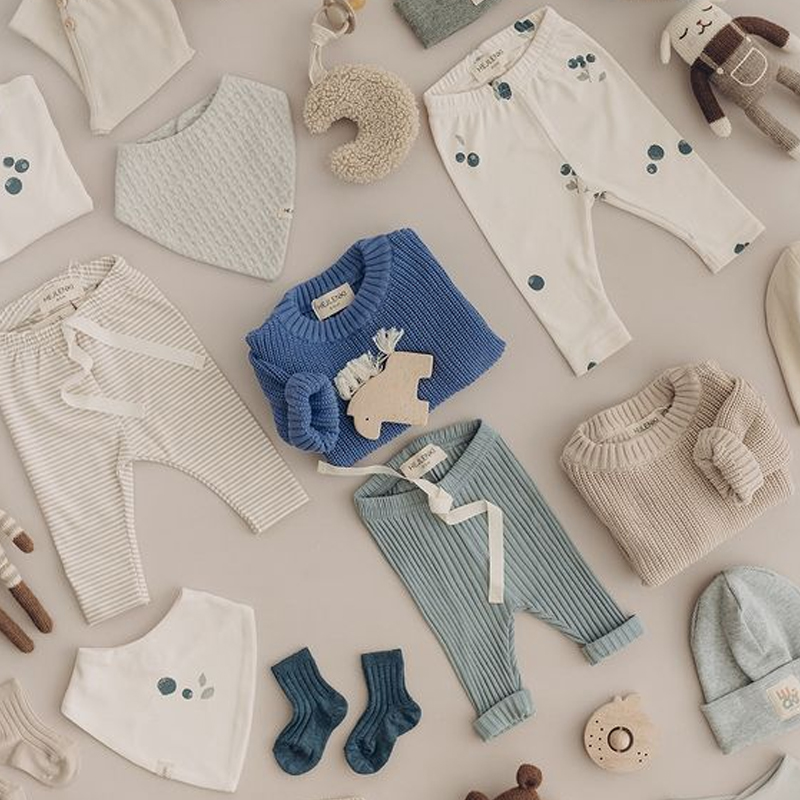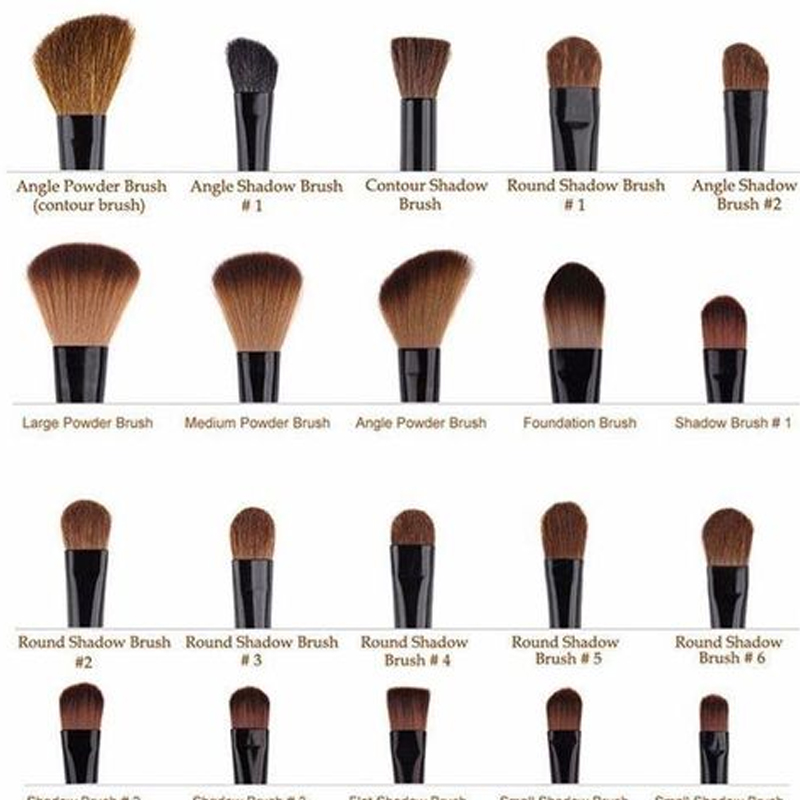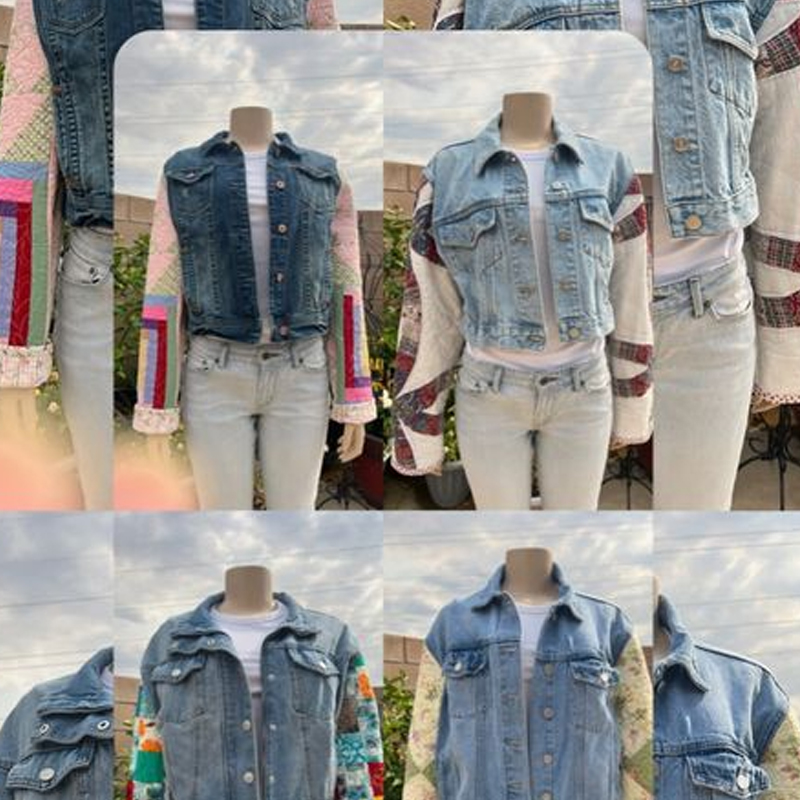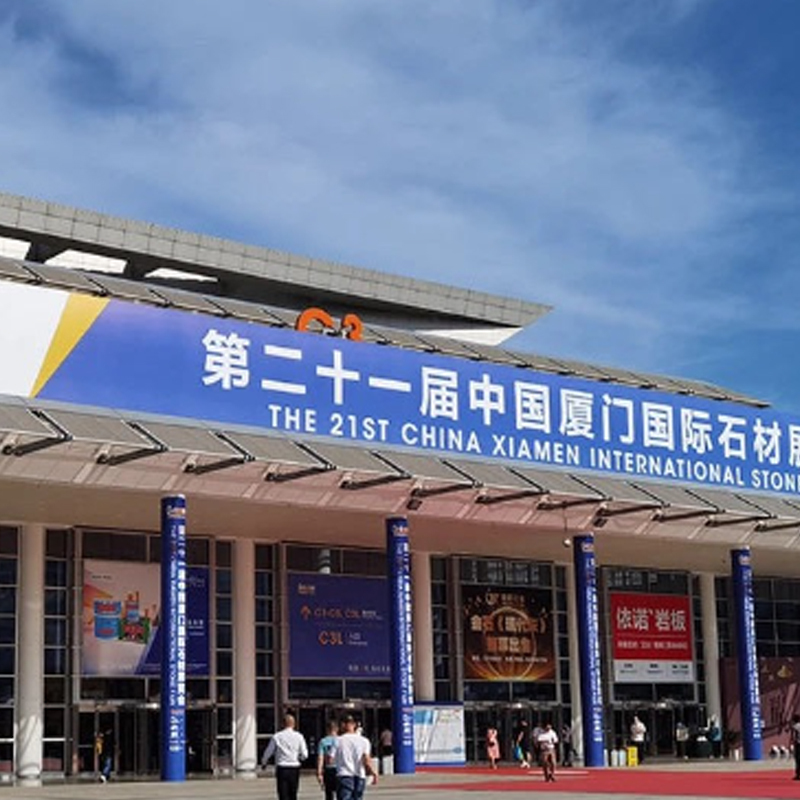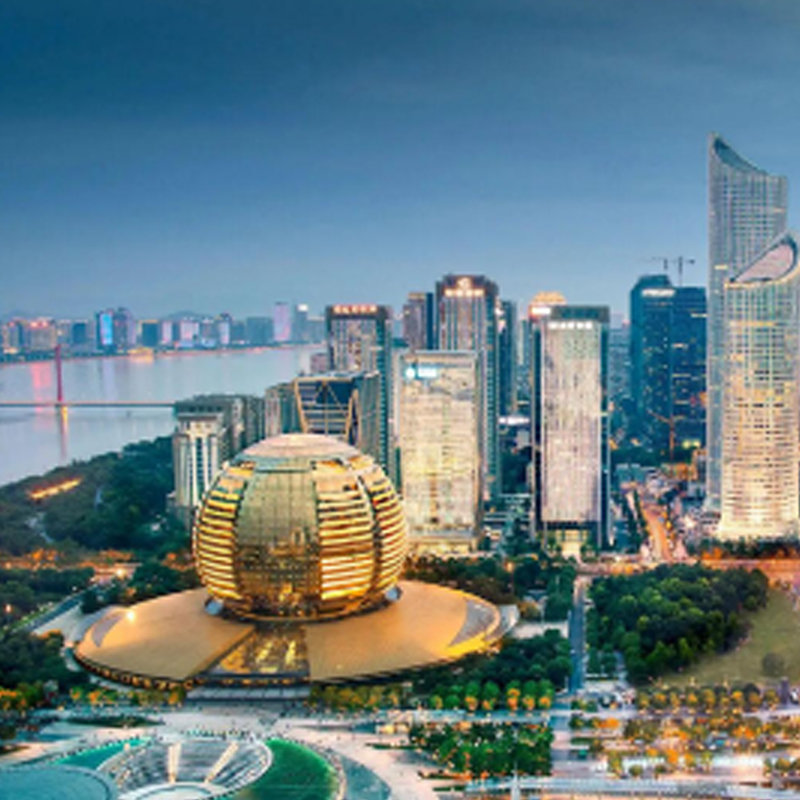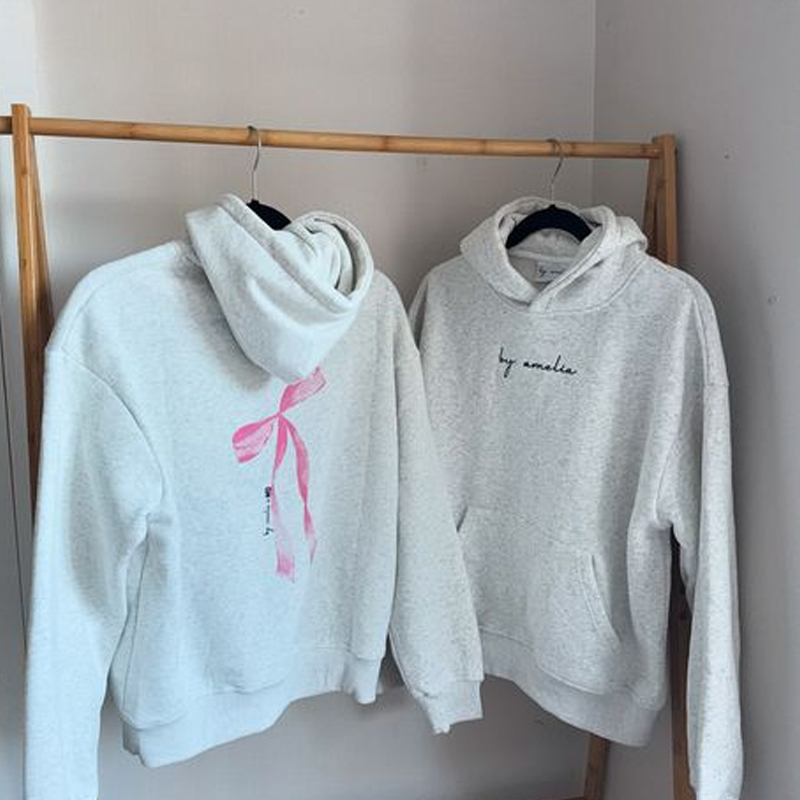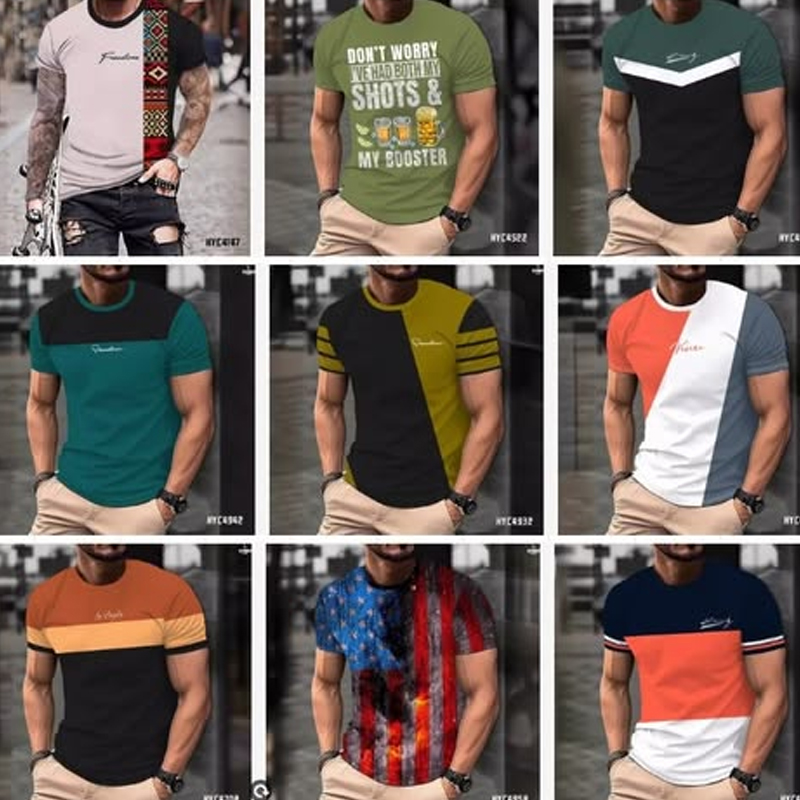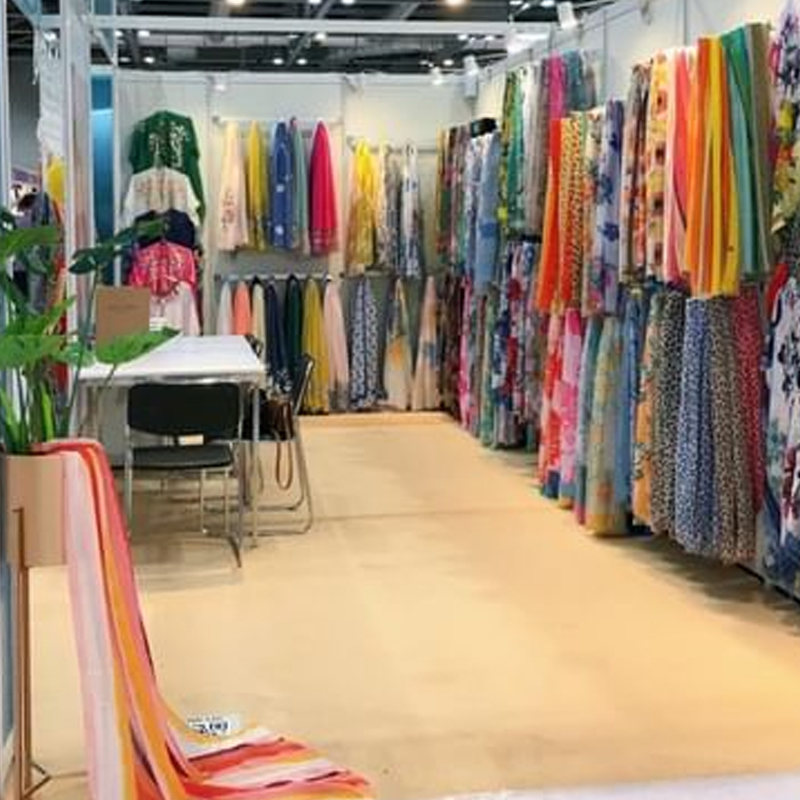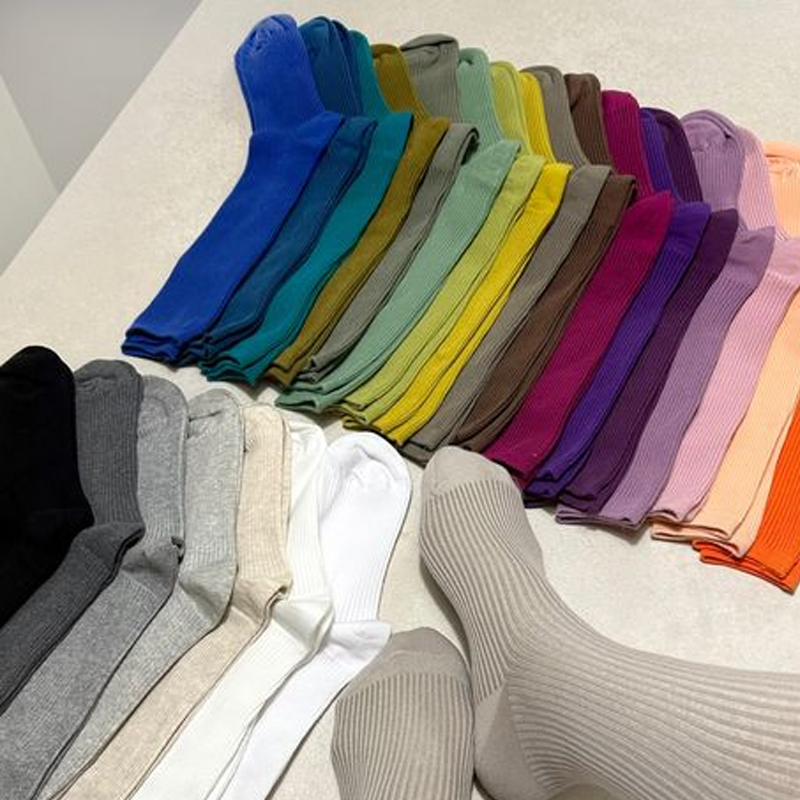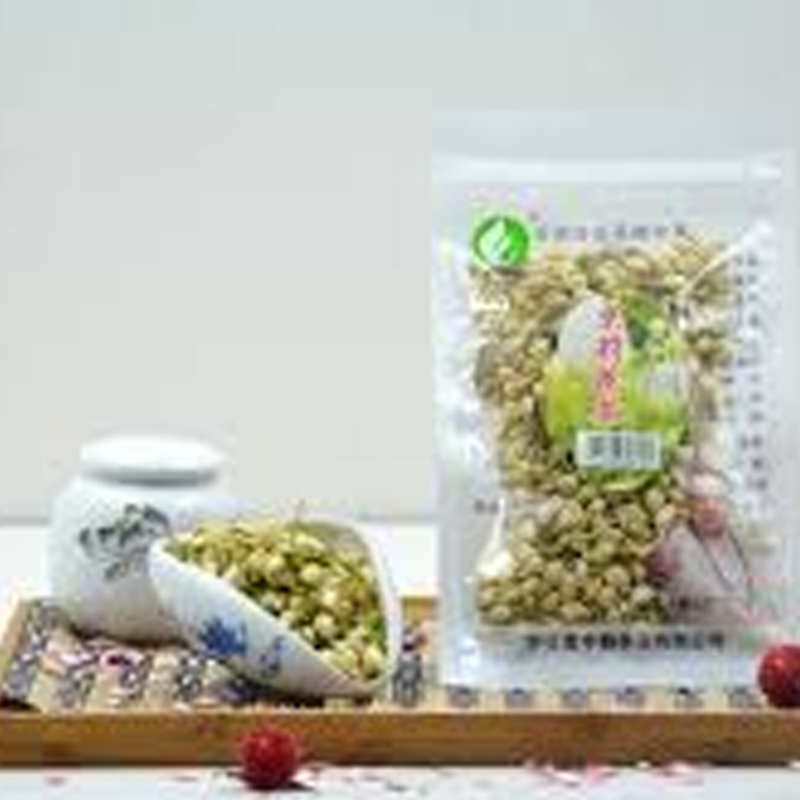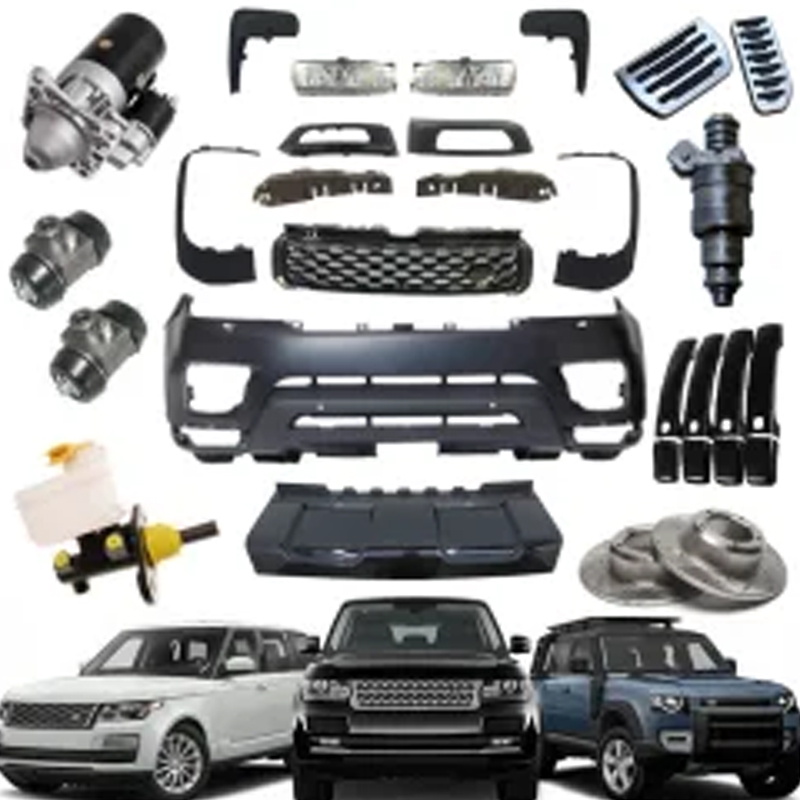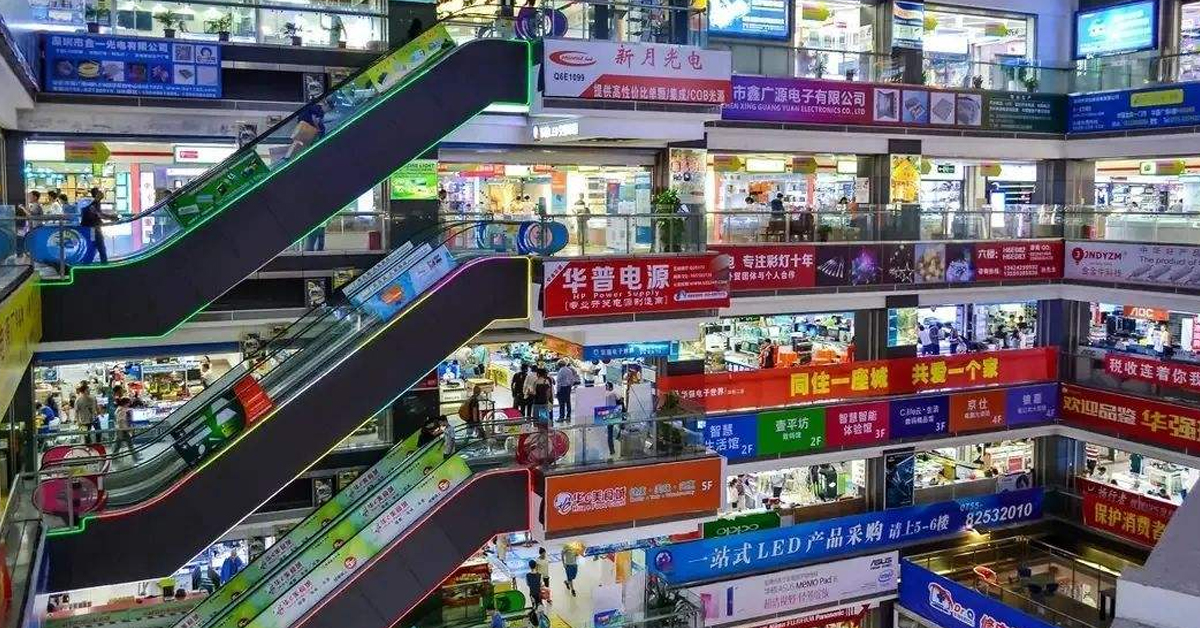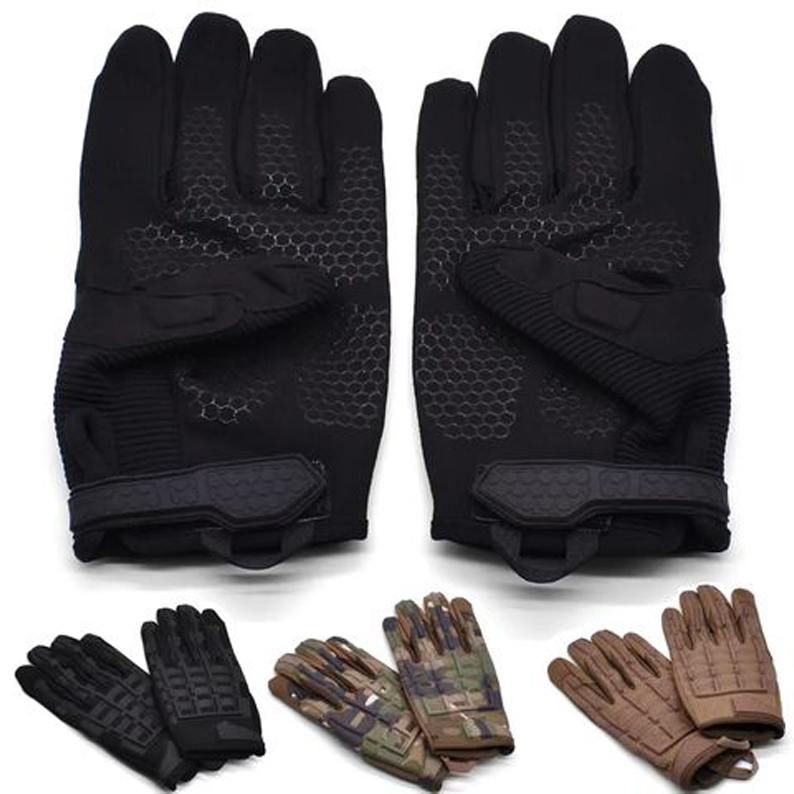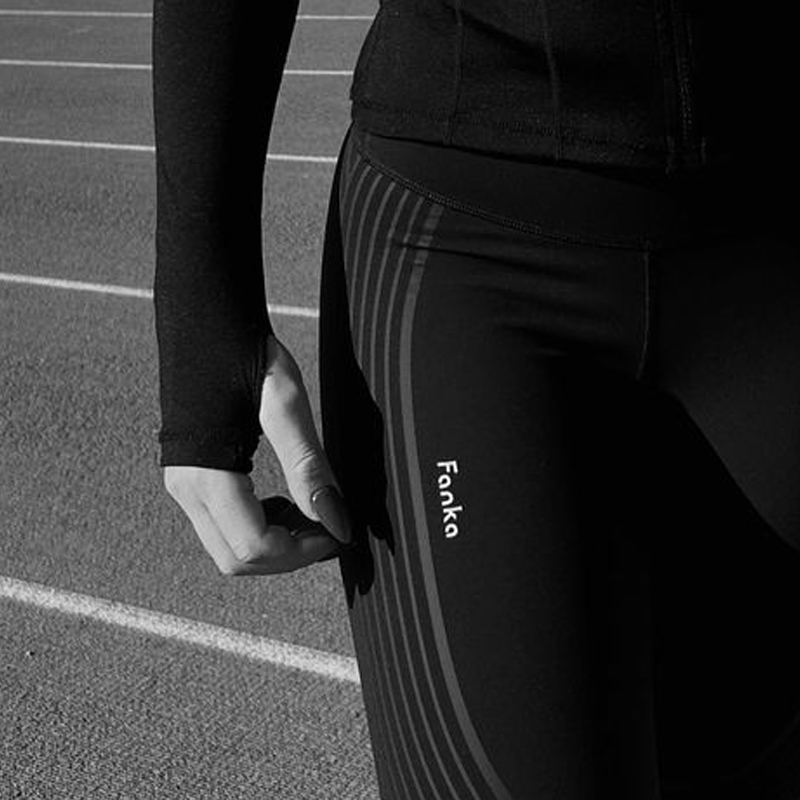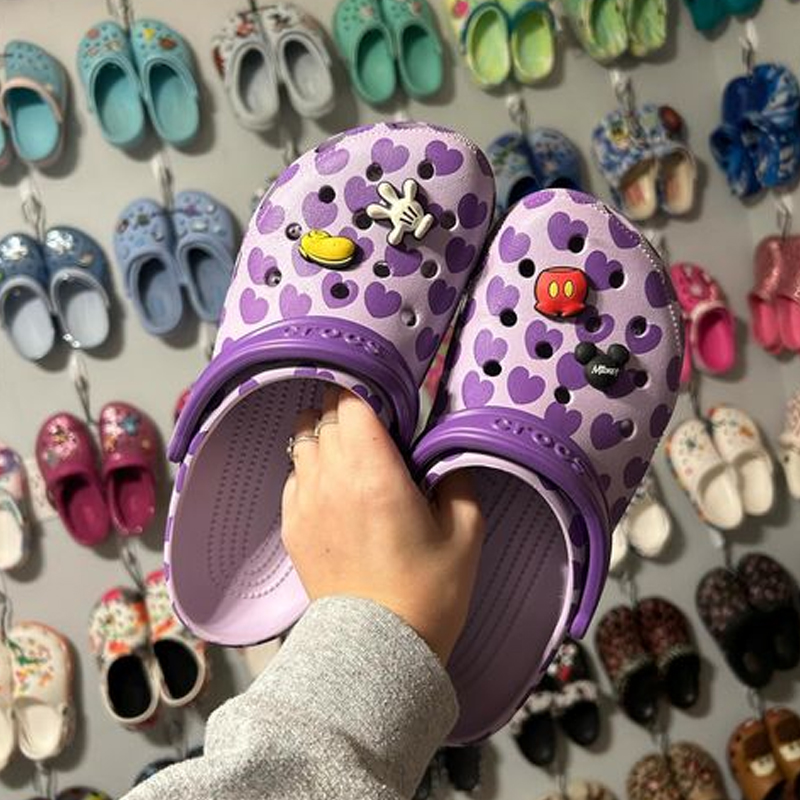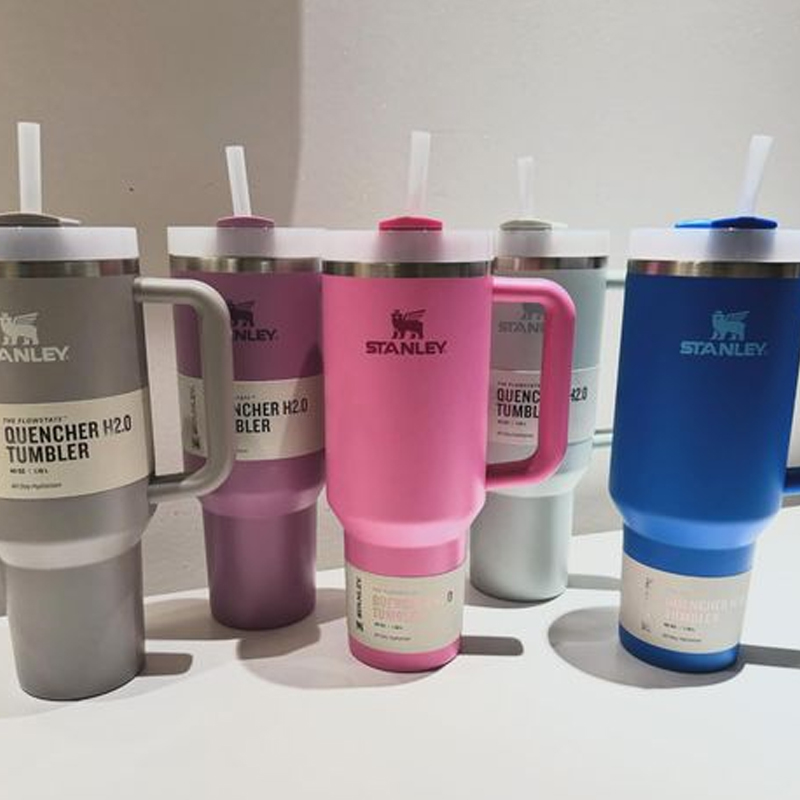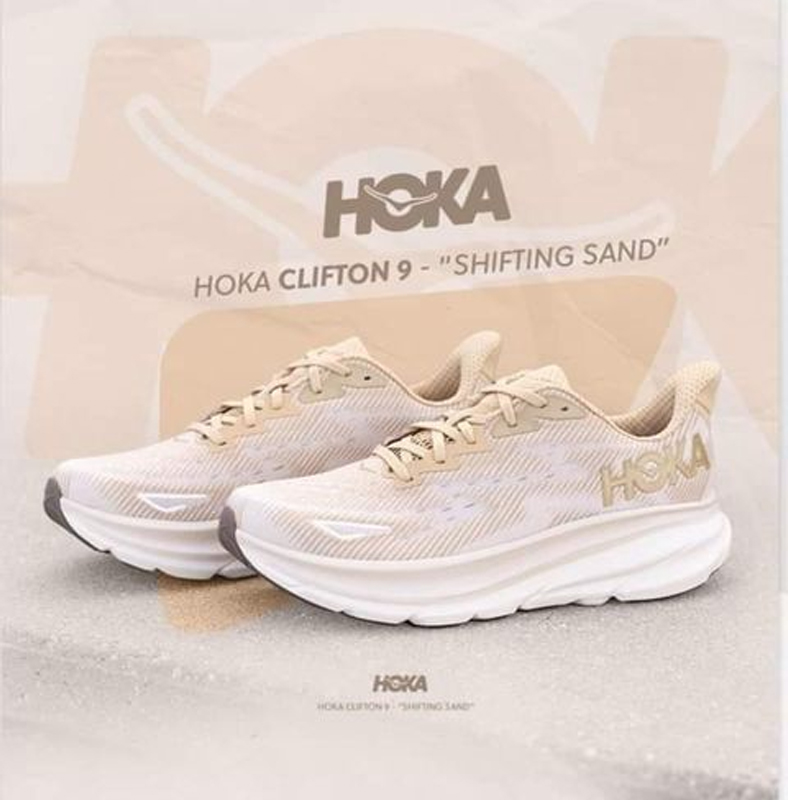Ever wondered where your beloved Nike sneakers come from? The journey from design to your feet is more complex and global than you might think. This article dives deep into Nike’s vast manufacturing network, exploring the countries, factories, and processes that bring iconic shoes to life. Understanding Nike’s supply chain offers fascinating insights into globalization, manufacturing innovation, and the challenges of ethical production in the modern era.
Key Takeaways: Nike’s Global Manufacturing at a Glance
- Nike partners with over 500 factories across 40+ countries
- Vietnam, Indonesia, and China are key manufacturing hubs
- Specialized factories focus on specific components or shoe types
- Nike emphasizes sustainability and worker welfare in its supply chain
- Constant innovation in materials and production techniques drives the brand
Where Are Nike Shoes Actually Made? Mapping the Manufacturing Countries
Nike’s global footprint is truly expansive. While the company was founded in Oregon and maintains its headquarters there, the actual production of shoes happens far from American soil. The primary manufacturing hubs for Nike sneakers are:
- Vietnam: Now Nike’s largest source of footwear, accounting for about 50% of production
- Indonesia: A close second, producing a significant portion of Nike’s athletic shoes
- China: Once the dominant manufacturer, still plays a crucial role, especially for certain technologies
- India: An emerging player in Nike’s manufacturing landscape
- Thailand: Home to several key Nike suppliers
Other countries with Nike production facilities include Cambodia, Malaysia, and even Italy for some high-end models. This diversification helps Nike manage risks and take advantage of each region’s strengths.
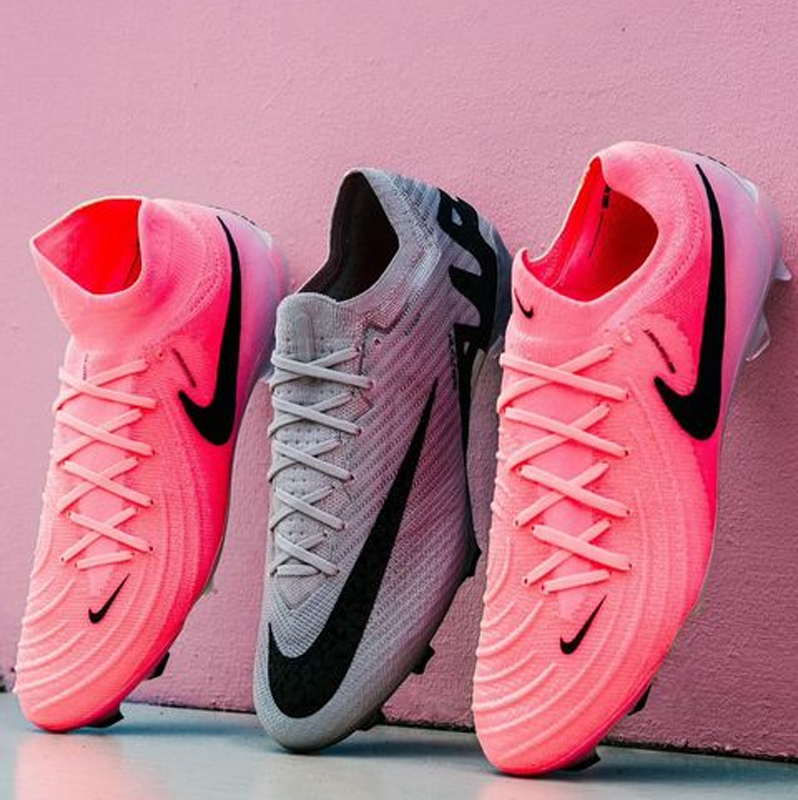
Inside Nike’s Factories: How Are Your Favorite Sneakers Assembled?
The sneaker assembly process is a marvel of modern manufacturing. Here’s a simplified look at how your Nikes come to life:
- Design and Prototyping: Created at Nike’s Oregon headquarters
- Material Sourcing: Fabrics, rubbers, and other components are gathered
- Cutting and Preparation: Materials are cut to precise specifications
- Assembly: The upper is created and attached to the sole
- Finishing: Final touches like laces and insoles are added
- Quality Control: Rigorous testing ensures each pair meets Nike’s standards
- Packaging and Shipping: Shoes are boxed and sent to distribution centers
Each factory specializes in certain models or components, allowing for optimized production efficiency. For example, Air soles might be produced in one facility and shipped to another for final assembly.
Why Vietnam? Understanding Nike’s Shift in Manufacturing Strategy
Vietnam has become Nike’s manufacturing powerhouse, but why? Several factors contribute to this shift:
- Lower Labor Costs: Compared to China, Vietnam offers significant savings
- Skilled Workforce: A growing pool of experienced workers in footwear manufacturing
- Political Stability: Relatively stable environment for long-term investment
- Strategic Location: Proximity to other Asian manufacturing hubs and shipping routes
Nike’s Vietnam factories have ramped up production dramatically over the past decade. The country now hosts some of Nike’s most advanced facilities, showcasing the latest in sustainable manufacturing practices and footwear technology.
From Rubber to Road: Tracing the Journey of Nike’s Materials
Material sourcing is a critical part of Nike’s supply chain. The company uses a vast array of materials, each chosen for specific performance characteristics:
- Synthetic Leather: Often from Korea or Taiwan
- Rubber: Sourced from countries like Indonesia and Malaysia
- Foam: Produced in specialized chemical plants, often in China
- Recycled Materials: Increasingly important, sourced globally
Nike’s commitment to sustainability has led to innovations like Flyknit technology, which reduces waste in the shoe design process. The company also aims to use 100% renewable energy in owned or operated facilities by 2025.
How Does Nike Manage Such a Complex Global Supply Chain?
Coordinating production across 40+ countries is no small feat. Nike’s supply chain management is a complex dance of logistics, communication, and constant optimization. Key strategies include:
- Advanced Technology: Using AI and big data to predict demand and optimize production
- Strong Partnerships: Building long-term relationships with key suppliers
- Vertical Integration: Controlling more of the supply chain directly
- Flexibility: Ability to shift production between countries as needed
Nike’s supply chain is often studied as a model of global logistics efficiency. The company’s ability to rapidly respond to market changes and maintain consistent quality across diverse manufacturing locations is a significant competitive advantage.
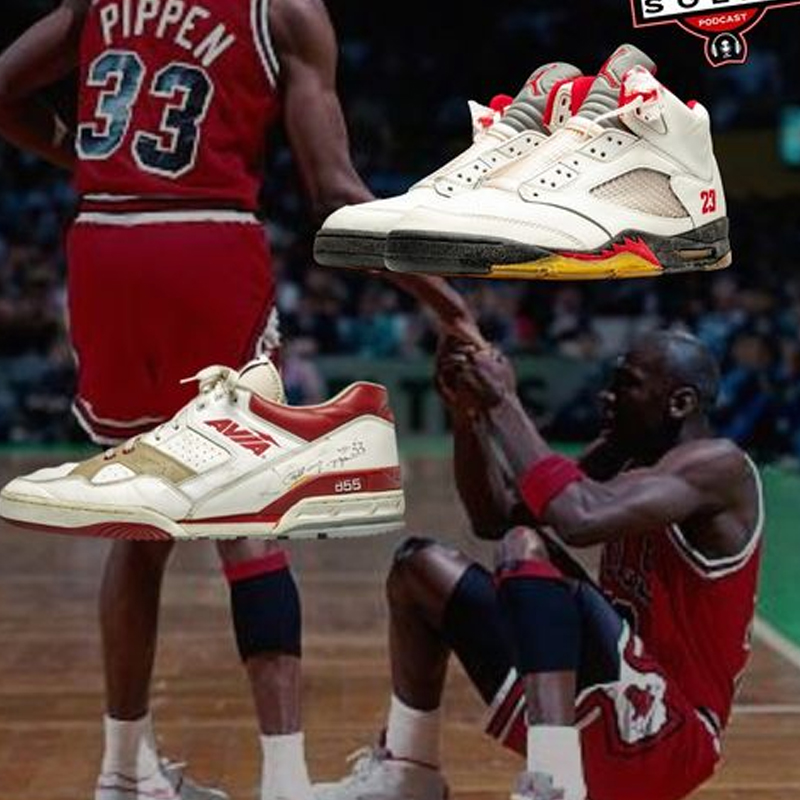
What Challenges Does Nike Face in Its Global Manufacturing Network?
Despite its sophistication, Nike’s global manufacturing isn’t without challenges:
- Labor Practices: Ongoing scrutiny of worker conditions in partner factories
- Environmental Impact: Balancing production needs with sustainability goals
- Political Instability: Risks associated with manufacturing in developing countries
- Quality Control: Maintaining consistent standards across diverse facilities
- Counterfeit Products: Protecting the brand from knock-offs
Nike has faced criticism over labor practices in the past, leading to increased transparency and efforts to improve conditions throughout its supply chain. The company now regularly publishes detailed reports on its manufacturing partners and conducts frequent factory audits.
Innovation in Action: How Nike’s Manufacturing Drives Sneaker Technology
Nike’s manufacturing prowess isn’t just about scale—it’s a key driver of innovation in the athletic footwear industry. Some examples of how production and design intertwine:
- Nike Air Technology: Requires specialized facilities for air pressurized units
- Flyknit: Revolutionized shoe uppers, requiring new manufacturing techniques
- 3D Printing: Exploring rapid prototyping and custom components
- Sustainable Materials: Developing new eco-friendly fabrics and processes
Nike’s factories are constantly evolving, incorporating new technologies to improve both the products and the production process itself. This commitment to innovation helps Nike maintain its position as a leader in sportswear innovation.
Beyond the Factory: Nike’s Approach to Quality Control and Testing
Quality control is paramount in Nike’s manufacturing process. Every pair of shoes undergoes rigorous testing before it leaves the factory:
- Material Testing: Ensuring fabrics and components meet specifications
- Stress Testing: Simulating wear and tear to check durability
- Performance Testing: Evaluating shoes for their intended athletic use
- Aesthetic Inspection: Checking for visual defects or inconsistencies
Nike’s testing facilities are state-of-the-art, often mimicking real-world conditions. Athletes frequently participate in performance testing, providing valuable feedback that informs both current quality control and future designs.
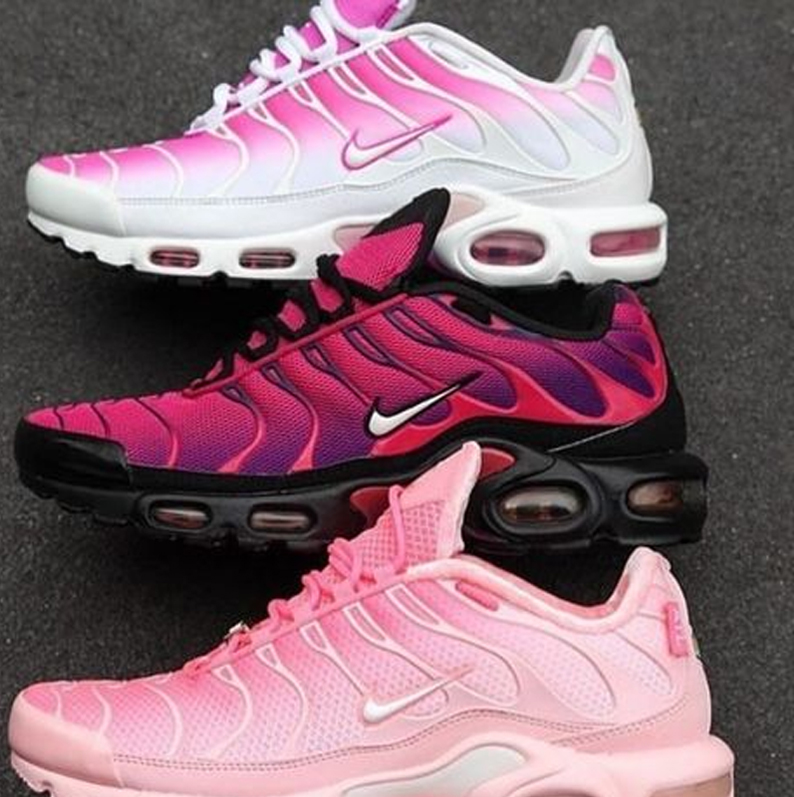
The Future of Nike Manufacturing: Trends and Predictions
As we look to the future, several trends are likely to shape Nike’s manufacturing landscape:
- Increased Automation: Robotics and AI playing a larger role in production
- Localized Production: More shoes made closer to end markets
- Customization: Greater capacity for personalized shoes made on-demand
- Sustainability: Even greater focus on reducing environmental impact
- Transparency: Continued efforts to provide visibility into the supply chain
Nike is already exploring customization options with Nike By You (formerly NIKEiD), allowing consumers to design their own shoes. As manufacturing technology advances, we may see even more personalization possibilities.
Conclusion: The Global Tapestry Behind Your Nike Sneakers
From the originateion of a design in Oregon to the final product on your feet, Nike sneakers embark on a remarkable global journey. This complex network of factories located across continents showcases the realities of modern global manufacturing.
Understanding where and how Nikes are made offers valuable insights into globalization, supply chain management, and the constant balance between efficiency, innovation, and ethical production. As consumers become more conscious of the origins of their purchases, Nike’s transparency and efforts towards sustainability may well become as important as the performance of their shoes.
The next time you lace up your Nikes, take a moment to appreciate the global effort, technological innovation, and complex logistics that brought them to you. It’s a testament to the intricate dance of modern manufacturing that turns designs into the sneakers we love to wear.

